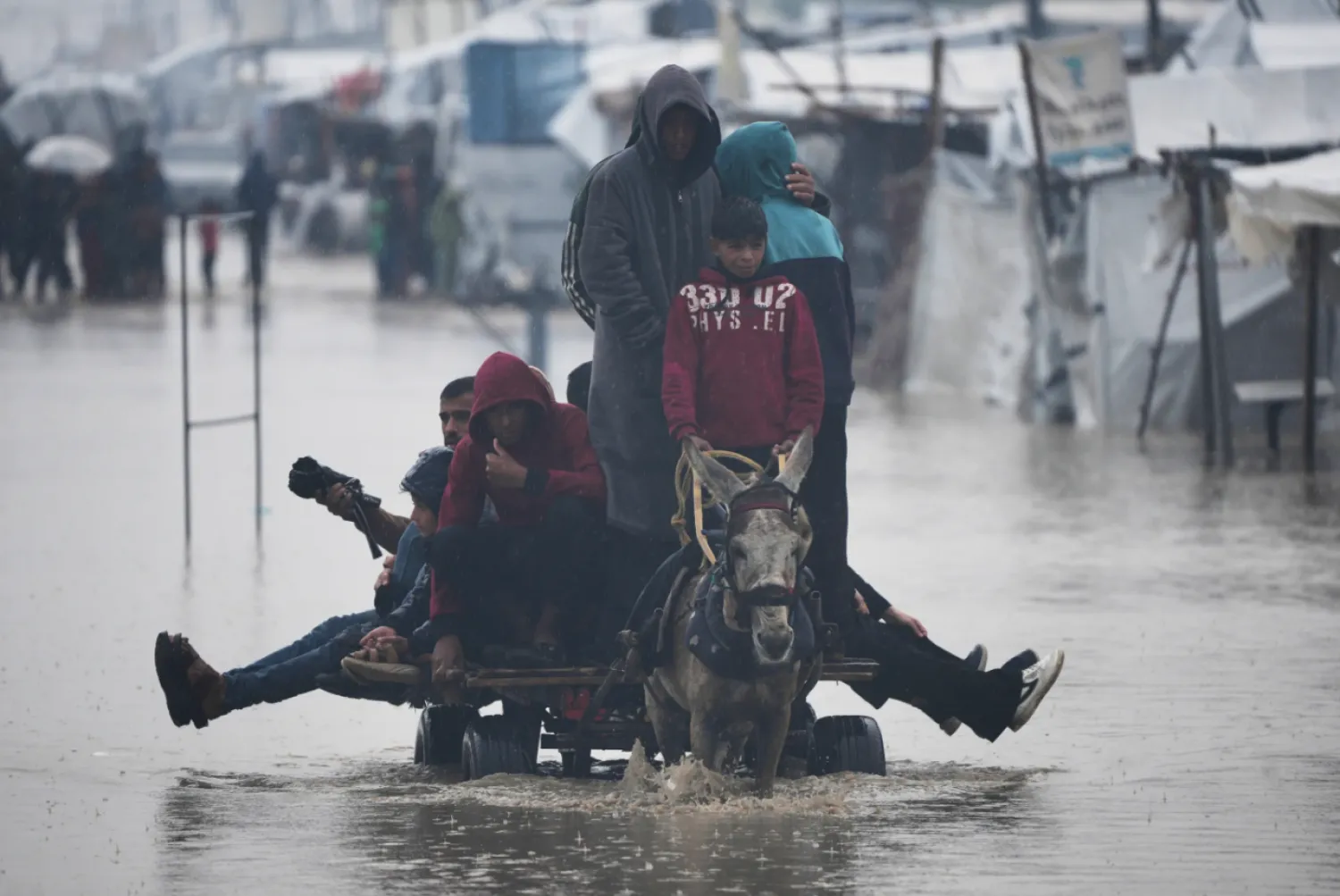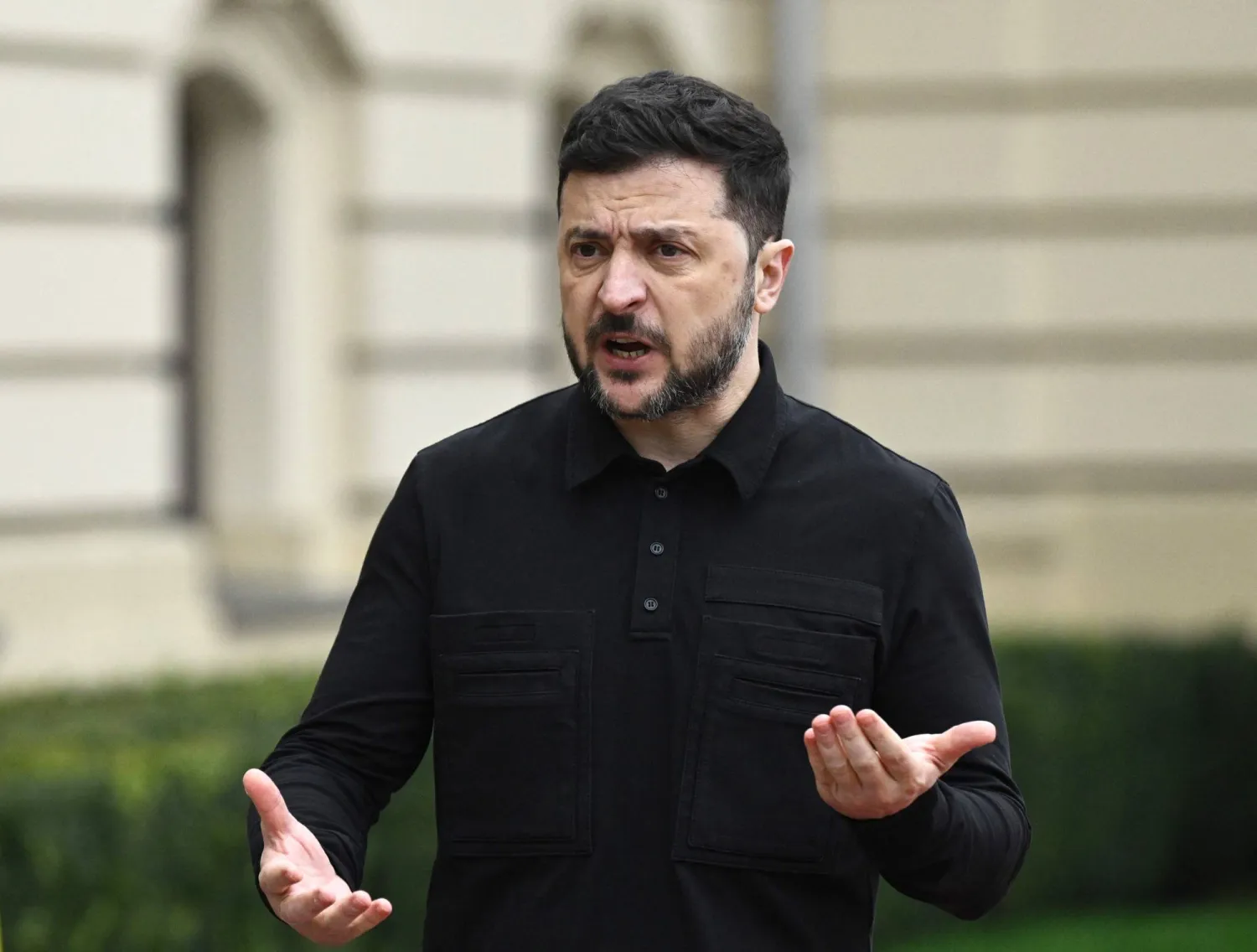By Farnaz Fassihi
A report published in the New York Times on Monday sheds light on the Fatemiyoun Brigade in Syria, made up of Afghan refugees who joined the Iranian Revolutionary Guard Corps (IRGC) in Syria to defend “holy Shiite shrines.”
They also sought to escape extreme poverty and fear of being returned to Afghanistan.
The Brigade acted as a force in proxy wars for Tehran. However, they feel wronged because they are largely ignored in Iran.
It was a memorial for the “martyrs” killed when the US struck military bases in Syria, according to Iranian state television.
A small crowd sat in rows of folding chairs, men in the front and women in the back, at the main cemetery in Tehran, the Iranian capital, earlier this month. Children milled around and a young man passed a box of sweets. A man recited prayers through a microphone.
But the 12 fallen men weren’t Iranians. They were Afghans, according to other soldiers and local media reports, part of the Fatemiyoun Brigade, a largely overlooked force that dates to the height of the Syrian civil war a decade ago.
At the time, Iran began recruiting thousands of Afghan refugees to help President Bashar al-Assad of Syria beat back rebel forces and ISIS terrorists, offering $500 a month, schooling for their children, and Iranian residency.
The brigade is still believed to be about 20,000 strong, drawn from Afghan refugees living mostly in Iran, and it serves under the command of the Quds Force, IRGC’s overseas arm.
The US strikes were conducted in retaliation for a January drone attack on a military base in Jordan that killed three US soldiers.
Publicly, Iranian officials denied that any military personnel linked to Iran were among the casualties.
The IRGC did not issue a statement acknowledging the deaths of the Afghans under their command as they typically do when Iranian forces are killed, nor did any official threaten to avenge the deaths.
The story of the Afghan casualties, however, emerged from at least four cities across Iran: Tehran, Shiraz, Qum and Mashhad, where the bodies of the Afghans were quietly repatriated to their families, according to photos and videos on Iranian media.
At the funeral processions, the coffins of the Afghans were draped in green cloth but bore the flag of no nation. In the cities of Mashhad, Qum and Shiraz, they were carried to religious shrines for blessings.
Some mourners carried the yellow flag of the Fatemiyoun Brigade with its emblem.
Local officials, clerics and a representative from the Revolutionary Guards and members of the Afghan refugee community attended some of the funerals, according to photos and videos. Two little girls wearing matching pink jackets, their hair in ponytails, wailed at their father’s coffin at another funeral on the outskirts of Tehran.
Hossein Ehsani, an expert on militants and terrorism movements in the Middle East who is Afghan and grew up as a refugee in Iran said there was growing anxiety among Afghans that they were getting killed and Iran was not protecting them and disowning their martyrs to protect its interest.
“They feel they are used as cannon fodder.”
Iran’s mission to the UN did not respond to a question about whether the UN Ambassador Amir Saied Iravani was aware of the Fatemiyoun casualties when he spoke to the Security Council.
Afghans, including fighters for the Quds Force, expressed anger and frustration at Iran’s handling of these deaths, posting near-daily messages on a social media channel dedicated to Fatemiyoun voices. Some members questioned the silence of the Quds Force, calling it discrimination.
Among the men killed were two senior commanders who were close allies of the slain former Quds Force commander, Maj. Gen. Qassim Suleimani, according to Iranian media reports and photographs of them together in the Syrian battlefield. They were identified as Seyed Ali Hosseini and Seyed Hamzeh Alavi.
Most of the Afghans who fled to Iran over the years were Hazaras, one of the largest ethnic groups in their country who share the Shiite Muslim faith with most Iranians.
At home in Afghanistan, the Hazaras were among the natural allies of US forces because they shared common enemies in the Taliban and in al-Qaeda. But in the convoluted landscape of the Middle East today, they are now aligned with Iran and seeking to chase US forces out of the region.
In Syria, the Fatemiyoun force was often the first line of defense in the battle against ISIS and was widely credited for helping take back several Syrian cities.
The government newspaper Iran said last week that at least 3,000 members of the force were killed in Syria over the years. The United States designated the Fatemiyoun as a terrorist organization in 2019.
A former member of the Fatemiyoun Brigade, an Afghan who was born and raised in Iran and was deployed to Syria three times, said he was drawn to the force because it provided an opportunity to escape crushing poverty and unemployment in Iran and gain legal status.
Asking that his name not be published for fear of retribution, he said many fighters also joined out of a desire to protect Shiite Islam and defeat a Sunni extremist force similar to the ones that had persecuted Hazaras in Afghanistan.
Another Afghan refugee, Mohamad, a 31-year-old Hazara Shiite and a former military officer in Afghanistan who fled to Iran when the Taliban retook the country, said in a telephone interview that he had a master’s degree but works in construction. Afghans also must worry about a growing crackdowns on undocumented migrants and threats of deportation, he said.
“One of my Afghan friends who is from my hometown told me he wants to join the Fatemiyoun out of pure financial desperation and fear of being sent back to Afghanistan,” said Mohamad, who asked that his last name not be used for fear of retaliation.
“We are stuck, with no way forward and no way back.”
Analysts say that there is no evidence that Fatemiyoun forces were directly involved in attacks against US bases in Iraq and Syria, which the Pentagon says have been targeted more than 160 times by Iran-backed proxies since the start of the Israel-Hamas war in October.
But the Fatemiyoun Brigade plays a significant role in helping Iran coordinate logistics on the ground for the network of militias it supports, funds and arms across the region.
The Fatemiyoun forces oversee bases that serve as key stops along the supply chain of weapons, including drones, missile parts and technology, that makes its way from Iran to Iraq and then Syria and to Hezbollah in Lebanon, according to analysts and a military strategist affiliated with the Guards, who asked not to be identified because he was not authorized to speak publicly.
The director of the Syria and Countering Terrorism and Extremism programs at the Middle East Institute in Washington, Charles Lister, said that when the wider Syrian conflict froze several years ago, there was an expectation that Fatemiyoun would go home, disband, and demobilize.
“But they have kind of melted into the wider regional network and have found a role to play — holding ground, coordinating logistics and wider coordination on the ground.”
US fighter jets destroyed the base where the Fatemiyoun were killed in Deir al-Zour, in eastern Syria, leaving a pile of rubble, mangled bricks and debris, according to a photograph published on the website Saberin News, affiliated with Iran’s proxy militias.
Maj. Gen. Patrick Ryder, a Pentagon spokesman, declined to comment specifically about the US strikes killing Afghan fighters for Iran. But he said the strikes were conducted to hold the Guard and their proxies accountable and that “initial indications are that over 40 militants associated with Iranian proxy groups were killed or injured.”
Iranian commanders and key personnel were evacuated from the bases in anticipation of the US strikes as the Biden administration signaled for nearly a week that attacks were pending. But Afghans remained at the base, one Iranian official affiliated with the Guards said, adding that military bases couldn’t be abandoned.
At the funeral for five of the Afghans, including the two senior commanders, Hojatolislam Alireza Panahian, a prominent conservative cleric, told the mourners that the enemy was “dumb” to kill vulnerable Afghans.
“They are martyrs without borders, and jihadists for Islam and the resistance front,” he added.
The New York Times









